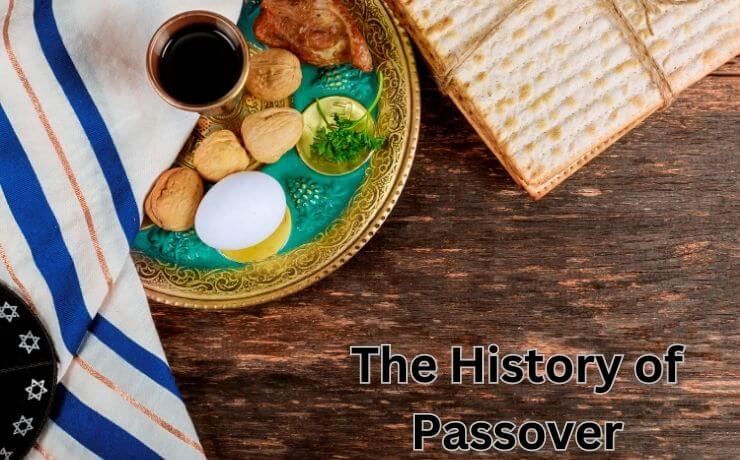The History of Passover, The Significance of Matzah and Traditions
Passover, also known as Pesach, is a significant Jewish holiday that commemorates the liberation of the Israelites from slavery in Egypt. This holiday is observed for seven to eight days, depending on tradition, and is typically celebrated in March or April. In this article, we will discuss five things you need to know about Passover.

The History of Passover
Passover dates back to the biblical story of the Exodus, which describes the liberation of the Israelites from slavery in Egypt. According to the story, God sent ten plagues to Egypt to convince the Pharaoh to release the Israelites. The final plague was the death of all firstborn children in Egypt, except for those protected by the blood of a lamb on their doorposts. This event is known as the Passover, which is where the holiday gets its name.
The Significance of Matzah
During Passover, it is customary to eat matzah, a flat, unleavened bread. Matzah represents the haste with which the Israelites left Egypt and is a reminder of the hardships they endured during their journey to freedom. To ensure that the matzah is kosher for Passover, it must be made from one of five grains: wheat, barley, spelled, rye, or oats, and must be baked within 18 minutes of the water touching the flour.
The Seder Meal
The Seder meal is a special dinner that is held on the first two nights of Passover. The word “Seder” means “order,” and the meal is structured around a specific order of events. The Seder plate is the centerpiece of the meal and contains symbolic foods that represent different aspects of the Passover story. These include:
Maror: bitter herbs, such as horseradish, to represent the bitterness of slavery.
Charoset: a sweet mixture of apples, nuts, and wine, to symbolize the mortar used by the Israelites to build the pyramids.
Karpas: a green vegetable, such as parsley, to represent the new growth of spring.
Zeroa: a roasted bone or beet, to represent the Passover sacrifice.
Beitzah: a roasted egg, to symbolize new beginnings.
Dietary Restrictions During Passover
During Passover, there are strict dietary restrictions on what can be eaten. This is because the Israelites left Egypt in such haste that there was no time for their bread to rise, and they had to eat unleavened bread instead. As a result, leavened bread, or chametz, is not allowed during Passover. This includes bread, cake, pasta, and anything else made with yeast or other leavening agents. In addition, many traditional Passover foods, such as matzah balls and gefilte fish, are made with matzah meals instead of flour.
Passover Traditions
Passover is a time for family gatherings and traditions. Many families have their own unique traditions, such as hiding the afikoman (a piece of matzah) for children to find or singing special Passover songs. Another popular tradition is to open the front door during the Seder meal to welcome Elijah, the prophet who is said to visit every Jewish home during Passover.
In conclusion, Passover is a time to remember the struggles of the Israelites and celebrate their journey to freedom. From the Seder meal to the dietary restrictions, Passover is a holiday filled with symbolism and tradition. By observing these traditions, we honor the memory of our ancestors and pass on their legacy to future generations.
Also Read:- The Pandemic’s Current Status in the US and Canada


